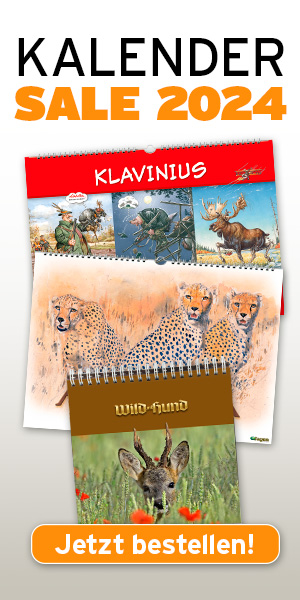English: Common Raccoon; French: Raton laveur; Albanian: Rakunopas; Algonquin: Esiban; Apache: tuli; Czech: Myval; Croatian: rakun; Danish: Vaskebjørn; Dutch: Wasbeer; Estonian: pesukaru; Hungarian: Mosò Medve; Lettish: Mazgatajis lacis; Lithuanian: Mesknas; Montenigrin: rakunolico kuce; Norwegian: Vaskebjørn; Polish: Scop; Romanian: Urs spalator; Russian: Enot. polos-kun, amerikanskij enot; Swedish: Tvätbjörn; Slovenian: rakun; Serb: rakun.
Former distribution: Canada from the Pacific in the west to Panama and the Atlantic in the east, and northern South America.
Present distribution: As formerly, and introduced (1936) into USSR in Azerbeijan and in Belorussia. Today in Belorussia, Transcaucasia and Turkmeniya; in Europe in Germany, Poland, CSSR, Holland, Luxembourg, Western France, Austria, Hungary.
Behaviour: Preferred habitat: mainly mixed forest with rivers and lakes: activity more nocturnal than diurnal; they are omnivorous, but prefer aquatic animals such as frogs, eggs, fish, nuts, seeds, fruit and grain also feature in their diet. During cold winters they hibernate. In captivity the raccoons wash their food in water.
Population status: Everywhere stable; increasing.
Brief notes:
Body weight: 3-10 kg
Head and body length: 30-70 cm
Tail length: 20-30 cm
Shoulder height: 20-30 cm
Gestation period: 60-70 days
Maximum age: over 12 years in captivity
Trophy: Skull length 12.5 cm; width 8.9 cm; CIC: 21.4 points.
Hunting methods: In North America with coonhounds, otherwise everywhere with traps and from a hide.
Subspecies: Although 25 subspecies are described in North America, I doubt that this is correct. Therefore, only the species is listed.
Remarks: In Germany the raccoon has been a quarry species since 1955. All other species of the neo-tropical region, Procyon insularis, Procyon gloveranni, Procyon cancrivorus, Procyon pygmaeus and Procyon minor are omitted here; they are not considered as game i.e. a „huntable“ species.






